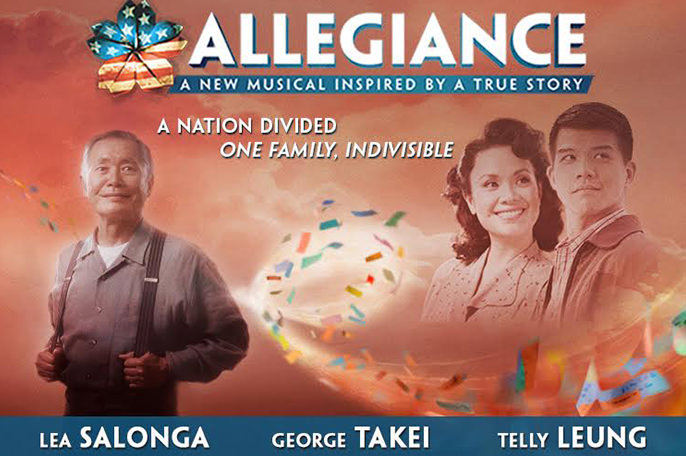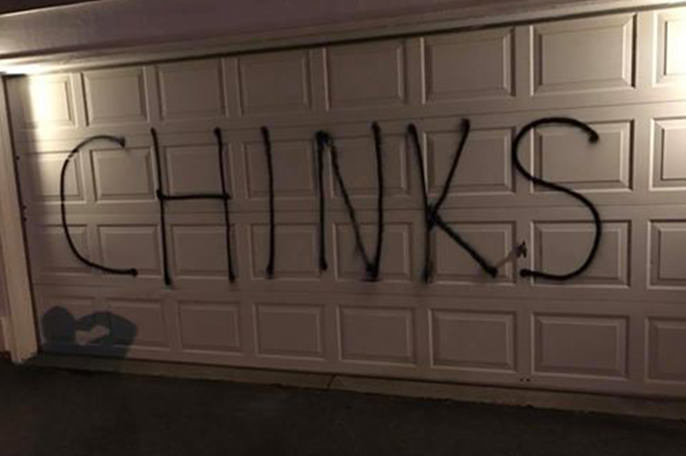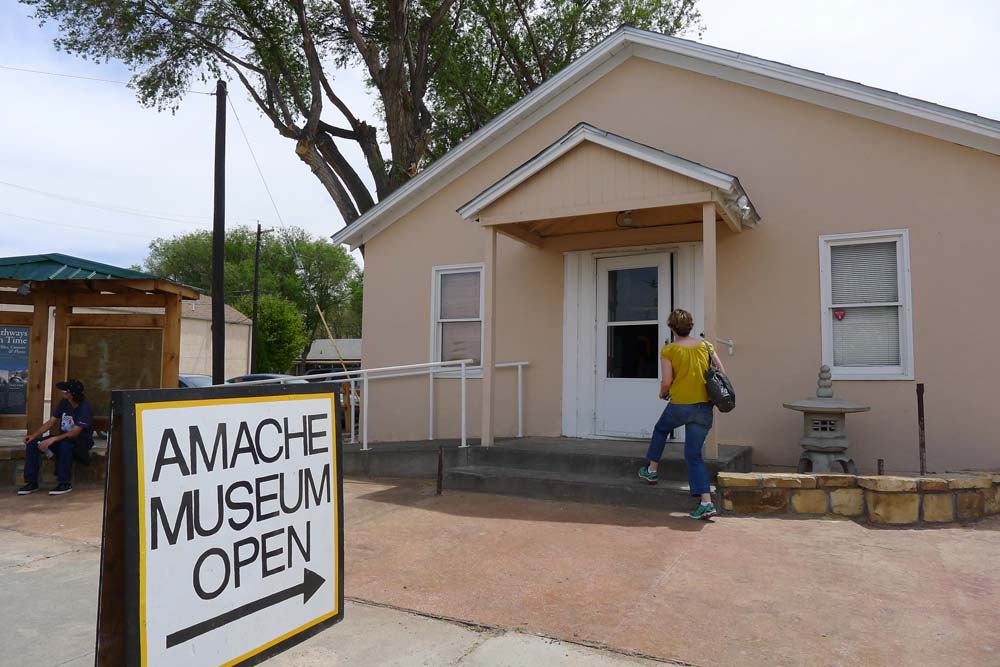June 9, 2013
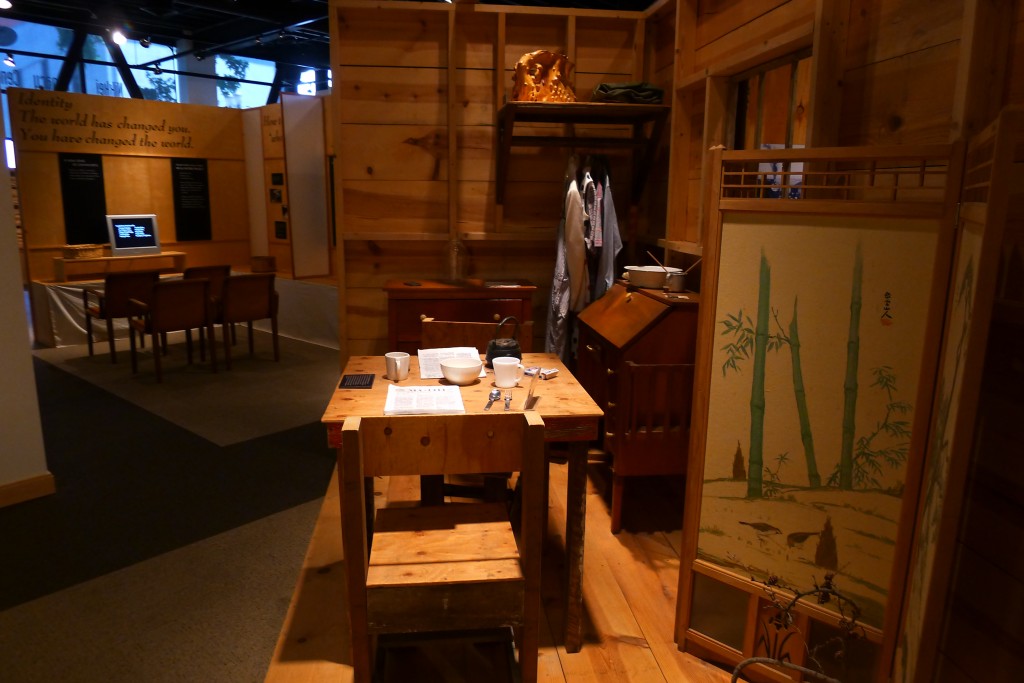
I visited the
Oregon Nikkei Legacy Center in Portland, Oregon last week while on a business trip to the northwest, and I was struck at how important organizations like it, and the museum it operates are for our community.
Institutions from the largest such as the
Japanese American National Museum in Los Angeles to one-room repositories such as the Nikkei Legacy Center or the
Amache Museum in Granada, Colorado, are repositories for our collective memory as a community, and home to our history.
Portland’s museum is a project of the Oregon Nikkei Endowment, and it’s tucked into a storefront in the city’s Old Town district, in the midst of what used to be the
Nihonmachi, or Japantown neighborhood.
One of the first items on display inside the door is a scale model of the district, with all the buildings labeled with the Japanese businesses that used to thrive. Only a couple of the businesses still exist, but they’re no longer in the neighborhood – the Nikkei Legacy Center is the only remaining sign of the community that was based here before WWII.
The museum does a great job within its limited space of tracing the Japanese’s arrival in the area, the variety of businesses, and then imprisonment during WWII. There are artifacts, models, and text explaining historical milestones.
A small area features a re-creation of an internment camp barrack's interior, with actual tables, chairs, desk and dresser (shown above) that were all built by internees in Minidoka, Idaho, where Portland JAs were imprisoned. The historical timeline of the permanent exhibit ends with a small video viewing area with interviews with local Nisei about the war years.
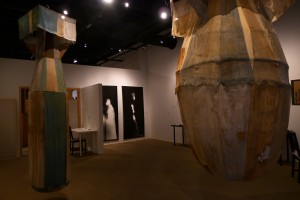
In a small rotating gallery space in the back is a powerful, somber art exhibit (right) that addresses the horror of the atomic bombings of Hiroshima and Nagasaki, titled “Shadows and Black Rain: Memories, Histories, Places, Bodies.”




